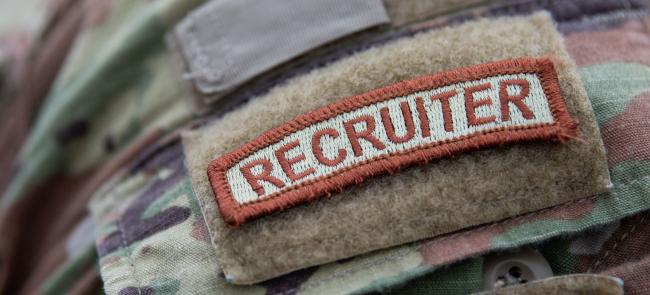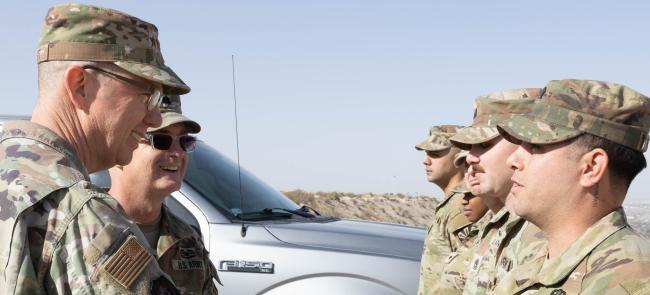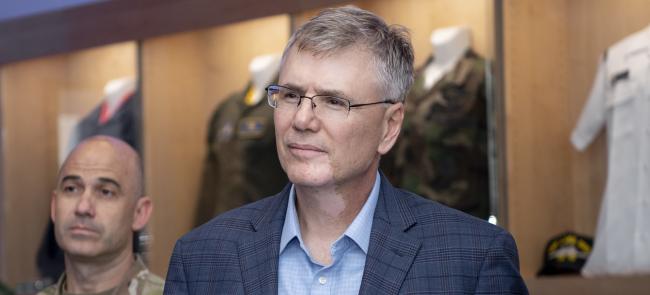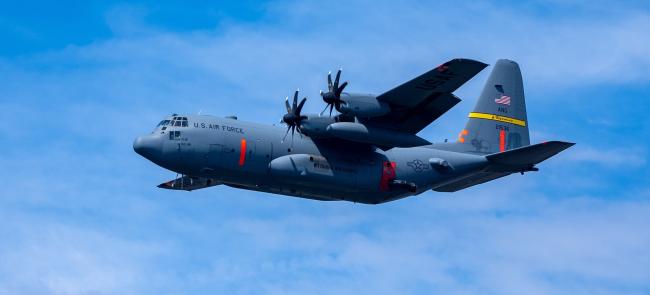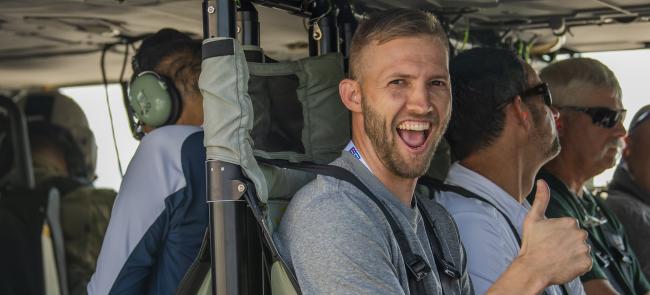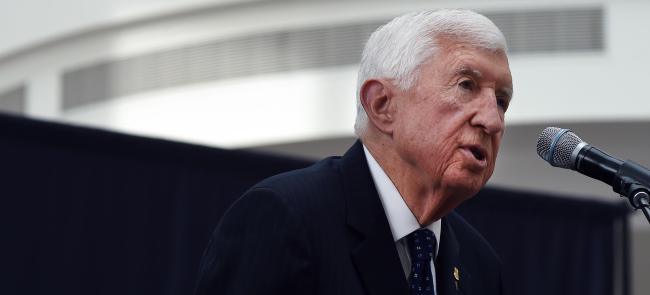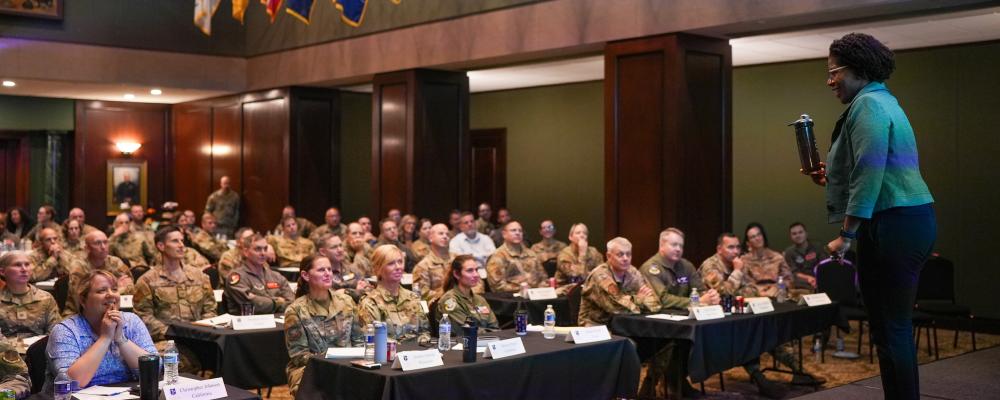
More than 60 commanders and senior leaders from 31 states and Guam attended the Air National Guard Commander Leadership Course last week.
The course ran Sept. 16-21 at Joint Base Andrews, Maryland; the Pentagon in Arlington, Virginia; and the National Guard Memorial, the NGAUS headquarters in Washington, D.C.
It was an Air Guard senior leader initiative led by Brig. Gen. Troy Havener, the chief of staff of the South Dakota Air Guard.
The course focused on equipping leaders to command effectively during times of competition, crisis and conflict.
A team from the South Dakota Air Guard’s 114th Fighter Wing worked alongside two members of the Utah Air Guard’s 151st Wing, which facilitated CLC 24-1.
Havener opened the course by encouraging attendees to reflect on their top leadership challenges and share best practices from their respective installations.
He emphasized the importance of a unified "one team" mindset.
CLC 24-2 provided various aspects of leadership training while encouraging an environment for commanders and future commanders to connect, share experiences and develop a support network essential for success at the O-6 command level.
"Our goal is to ensure everyone here is equipped to lead at the group and wing command level, to mentor, teach and oversee," Havener added.
Senior military leaders provided the command group with insight into the ever-evolving challenges facing the Air Guard as it prepares for a state of readiness never known before.
A recurring theme was the urgency of readying for future conflicts and adapting to the fast-paced environment of modern warfare.
Maj. Gen. Bryony Terrell, the special assistant to the director of the Air Guard at the Pentagon, highlighted the need for rapid adaptation.
"We’re out of time," Terrell said. "We need to bring the future faster and be seamlessly integrated and modular to keep pace with the demands of today’s strategic environment."
For course attendee Col. Matthew Kirby, the commander of the Alaska Guard's 76th Mission Support Group, the opportunity to interact directly with senior leadership provided valuable insights into addressing global threats.
"Getting timely information from our leaders, direct from them, as to why we're working to meet this competition threat, really brought everything into focus," Kirby said.
Great power competition and its challenges were central to discussions throughout the week.
Dr. Shanshan Mei, a political scientist with RAND, briefed attendees about the China perspective, emphasizing the need for commanders to understand the demographics and operational structure of the Chinese military.
"Understanding who we’re up against is key to success in the GPC," Mei said. "And the relationship between the U.S. military and American citizens is one of the greatest assets we have."
Participants were encouraged to think two levels up and approach leadership with a broader perspective.
This theme was reinforced by Lt. Gen. Case A. Cunningham, the commander of Alaskan Command at Joint Base Elmendorf-Richardson, Alaska, who stressed the balance between local leadership and global responsibility.
"As commanders, you’re all good colonels," Cunningham said. "The question is, will you rise to become great colonels?"
The course also addressed broader institutional changes currently happening within the force.
Lt. Gen. David Pleus, the director of staff at Headquarters Air Force, briefed attendees about the service’s evolving organizational structure.
Space Force Maj. Gen. James E. Smith, the vice director for joint force development on the Pentagon Joint Staff, discussed the need for the organizational changes in response to the changing character of warfare.
"This is a historically significant time," Smith said. "So, it’s important to let previous doctrine guide you, but not constrain you."
CLC 24-2 encompassed more than 35 speakers.
Other presenters included retired Lt. Gen. L. Scott Rice, a former Air Guard director; retired Lt. Gen. Marc H. Sasseville, the former vice chief of the National Guard Bureau; Maj. Gen. Patrick S. Ryder, the Defense Department's press secretary at the Pentagon; and retired Brig. Gen. Bobbi Doorenbos, one of the first women to fly a fighter aircraft.
Doorenbos also serves as secretary on the NGAUS board of directors.
— By Tech Sgt. Jorrie Hart, 114th Fighter Wing


